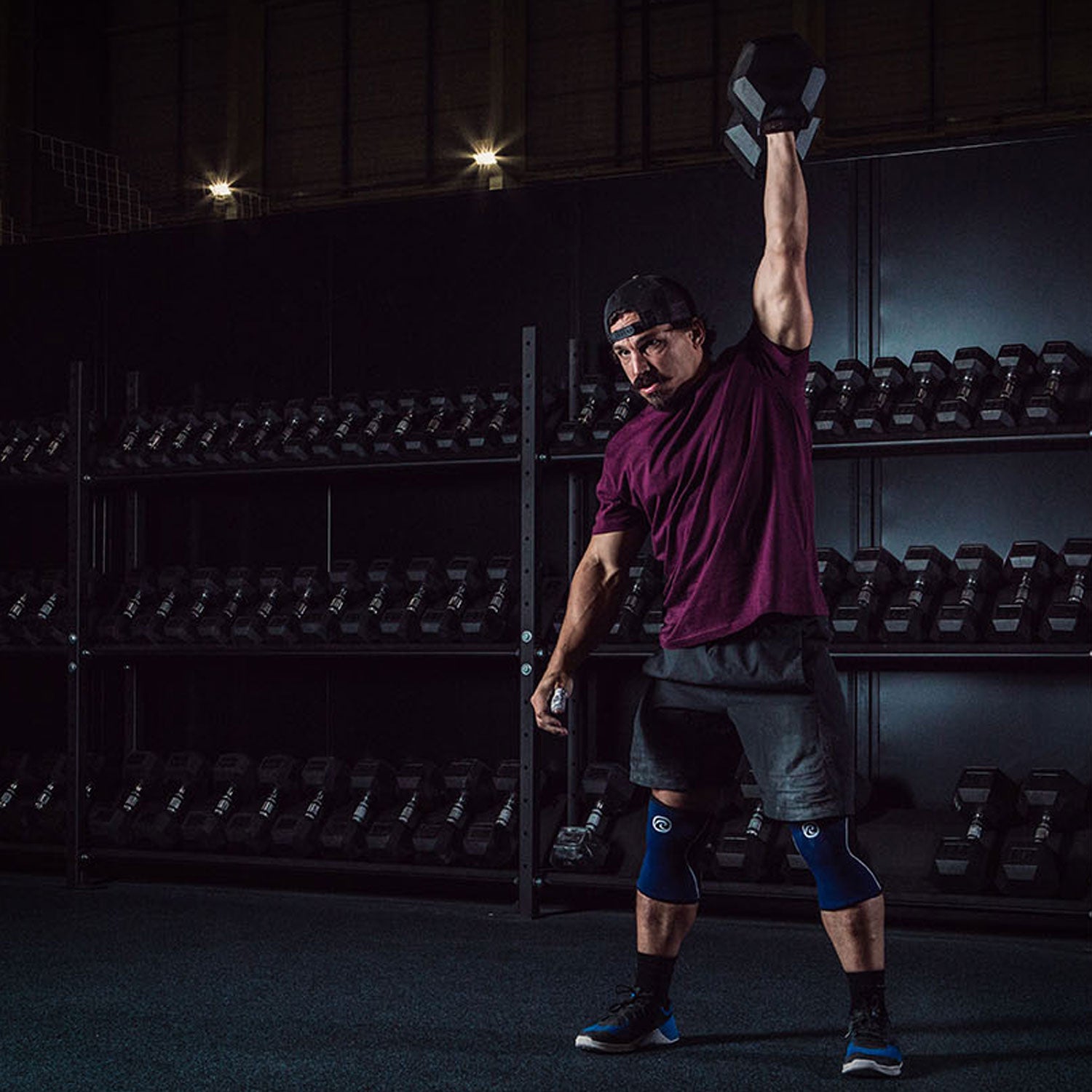Allmän ryggsmärta
Ryggsmärta, särskilt i nedre delen av ryggen, är ett vanligt problem bland idrottare och påverkar prestationen och det allmänna välbefinnandet. Detta tillstånd kan bero på en rad olika faktorer, bland annat överansträngning, skada och dålig biomekanik. Smärtan visar sig ofta som ett lokaliserat obehag i ländryggen, men kan stråla ut till närliggande områden som höfter, sätesmuskler och ben. Symtomen kan variera avsevärt, idrottare kan uppleva en dov, ihållande värk eller akut, skarp smärta som stör rörelsen.
Varaktigheten av ryggsmärta kan också variera. Den kan pågå i flera dagar till veckor, ibland omväxlande med perioder av lindring. Ihållande smärta som stör sömnen eller åtföljs av trötthet kräver omedelbar medicinsk utvärdering, eftersom det kan tyda på allvarligare underliggande problem.
Det finns flera orsaker till att idrottare drabbas av smärta i nedre delen av ryggen. Överbelastningsskador är vanliga, ofta till följd av repetitiva rörelser i samband med idrott, t.ex. löpning, hopp eller vridningar. Dåliga lyfttekniker, särskilt vid styrketräning, kan leda till onödig belastning på ländryggen. Dessutom kan muskelobalanser - där vissa muskelgrupper är starkare eller stramare än sina motstående grupper - leda till felaktig hållning och mekanik under aktiviteter. Traumatiska skador, t.ex. fall eller kollisioner, kan också leda till akut ryggsmärta.
Hantera ryggsmärta effektivt
Effektiv behandling av ryggsmärta innebär vanligtvis ett multidisciplinärt tillvägagångssätt. Inledningsvis kan vila och applicering av is bidra till att lindra akut smärta och minska inflammation. Receptfria smärtstillande medel, såsom NSAID, kan också ge symtomlindring. Sjukgymnastik är avgörande för långsiktig återhämtning och fokuserar på att stärka bål- och ryggmusklerna, öka flexibiliteten och korrigera eventuella biomekaniska problem. I fall där smärtan är svår eller ihållande kan vårdgivare överväga kortikosteroidinjektioner för att minska inflammation och smärta.
Förebyggande åtgärder är nyckeln till att hantera ryggsmärta för idrottare. Regelbunden styrketräning och stretchövningar är viktiga för att upprätthålla ryggradens hälsa och förebygga skador. Idrottare bör också prioritera ordentliga uppvärmningsrutiner för att förbereda muskler och leder för aktivitet. Ergonomiska justeringar under träningen, som att använda korrekta lyfttekniker och bibehålla en god hållning, kan ytterligare minska risken för skador. Att hålla sig välhydrerad och hålla en hälsosam kroppsvikt kan också främja ryggens hälsa och den allmänna prestationsförmågan.
Sammanfattningsvis är smärta i nedre delen av ryggen en vanlig utmaning för idrottare, men genom att förstå de mångfacetterade orsakerna, känna igen symtomen tidigt och implementera effektiva behandlingsstrategier kan återhämtningen och prestationen förbättras avsevärt.













